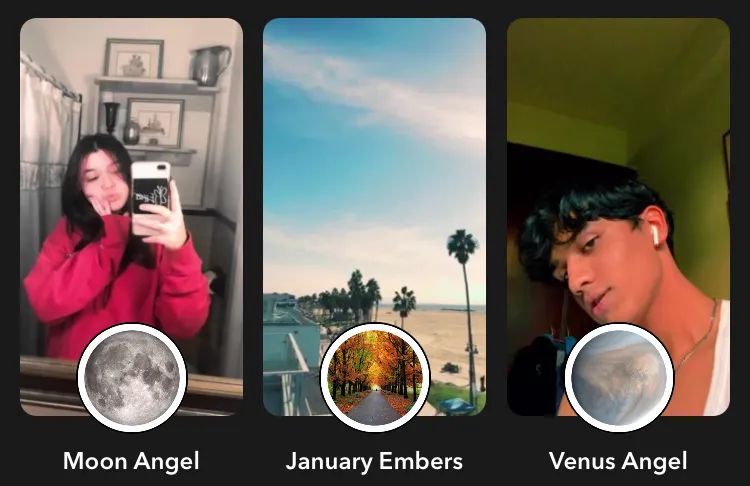The least-squares method for classification is based on linearly separating 2 or more classes. In this article, I’m going to show you how to create a Python program to classify images with digits from 0–9 using only NumPy and PIL.
Continue reading “Using least squares-based classification to detect digits”








